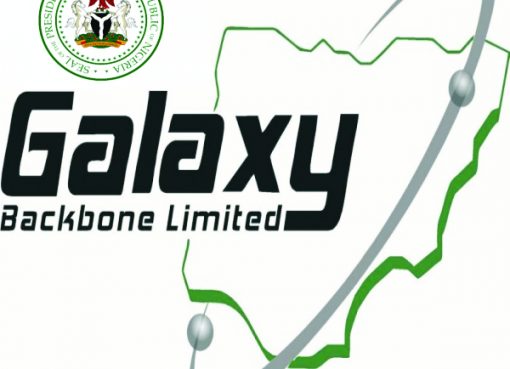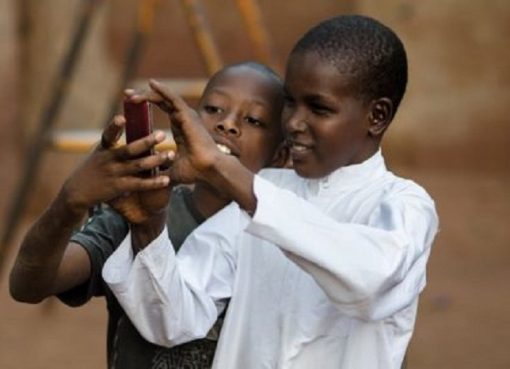The fight against videos altered by the use of artificial intelligence just got a new ally.
According to researchers at UC Berkeley and the University of Southern California, a new algorithm can help spot whether a video has been manipulated via a process known as ‘deepfaking.’
Counter-intuitively, the tool that scientists say will aid them in their crusade against faked videos happens to be the very same tool that helps make the videos in the first place: artificial intelligence.
Scientists say they have trained their own AI to pore over a subjects identifying traits and mannerisms, including the subtle way someone tilts their head or moves their mouth, to develop what they call a ‘soft biometric’ profile.
According to them, their AI has shown initial success in its goal to spot fake videos, identifying deepfakes with 92 percent accuracy.
The algorithm was even able to identify fake videos that had degraded image quality due to high compression.
In the future the experts say they plan to train the algorithm to assess a subjects voice signature as an added measure of protection.
The use of algorithms to fake and manipulate video has garnered an increasing amount of attention as of late as skeptics warn that the technology could be used by bad actors to spread misinformation and even influence political campaigns.










